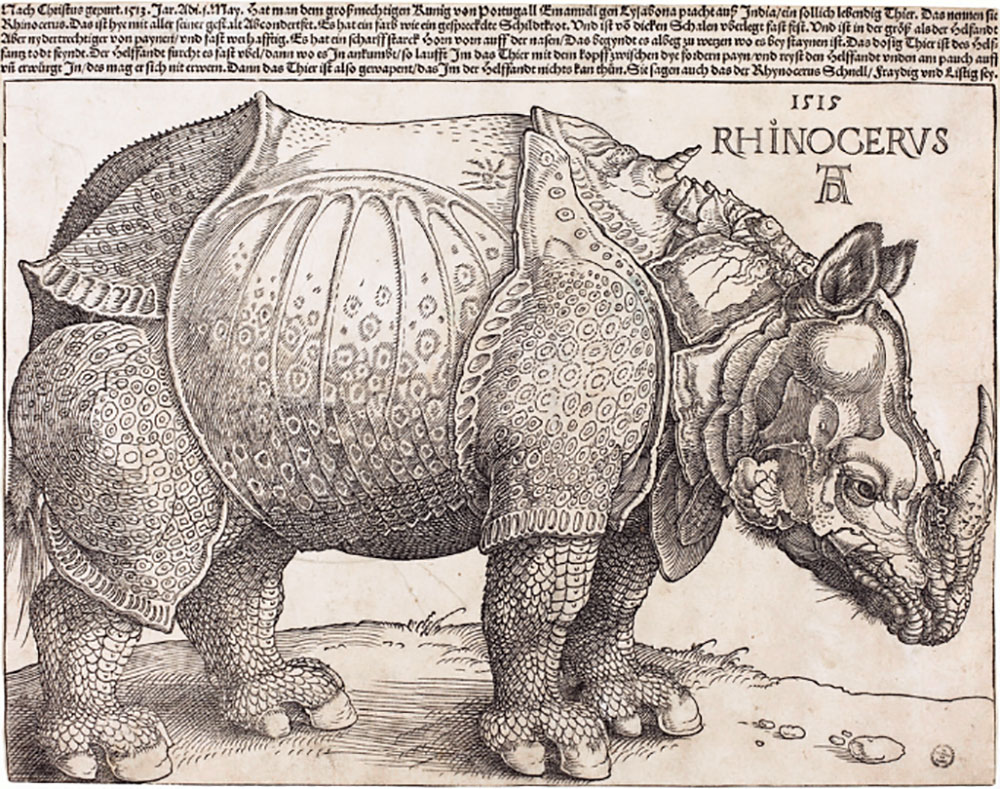Da(t)aism:
A git-festo about AI and Art
Preface
The etymology of the word ‘manifesto’ comes from the Latin word ‘manifestus’ meaning ‘plain’, ‘obvious’, ‘evident’. Therefore, a manifesto by definition introduces statements or, better, slogans rather than arguments. Think about the following propositions such as sloganized expressions with a strong speculative content. Our work is an open-ended job to the extent that (a) it is open to any contribution; (b) it includes not only statements but questions as well. Some of the statements have obvious assonances between them, others not. Sometimes you may recognize the answer to a question in the statements following the question. We would like all of you start to support cooperatively this project. But a git-festo about what? Questions sometimes can be more illustrative than statements.
A da(t)aist git-festo
1.Humans are data and data are humans in the postmodern age. We entered into the Da(t)aist age.
2.We are substituted through a datafication of the self. Our identity is melting into a virtual identity: we are digos (digital-egos).
3.The vanishing of the Cartesian dualism: mind becomes just a brain; body becomes just a prosthesis; brain itself gets modularized; finally, the Self vanishes out, consciousness becomes an epiphenomenon, and all that is solid is melting.
4.The Anthropocene Era cannot be carried out in a sustainable way. A democracy of objects must be asserted, against any narcissistic anthropocentric view of the world. Any news?: AI can help.
5.Art is considered the benchmark of human creativity: what if the genius, the ‘daimon’, would be substituted by a machine? Maybe we would learn to glorify rubbish as much as we glorify humans, and this would be itself an achievement.
6.Humans are rational animals, said Aristotle. Now, what made humans unique is vanishing as well. Why should we not conceive other forms of intelligence, besides ours?
7.An old proverb says that the opposite of good is not bad but better. We can say by analogy that the opposite of smart is not dumb but smarter. So, in that sense, if there is 'smarter', why do we need 'smart'? In other words, if there is a better me, why do I need me?
8.How AI can be Art and how Art can be AI? What does AI Art imply? Do we wish to decline a speculative challenge of this sort?
9.Who is the creator of an AI work of art? AI art is the art of nobody and everybody. Judging AI creativity is like measuring a segment whose length is constantly changing by using a meter (about the intricacies relating creativity power and combinatorial power).
10.AI systems can learn in ways that are unpredictable or immediately incomprehensible to their own creators. The dialog with the machine is called randomness.
11.Political, social, ethical, and cultural changes are incubating a new world: do not you want to be an actor of this change or you prefer to be just a spectator?
12.China is the perfect place for exploring new territories. If not us, then who? If not now, then when? If not here, then where?
Postscript

In the year 1515, Albrecht Dürer drew a picture of a rhinoceros. The picture was quite accurate depicting the rhinoceros as it actually is, except for a few details either missing or exaggerated. What is remarkable about this picture is that Dürer never saw a rhinoceros before. His drawing was based on verbal descriptions from others who actually saw the exotic animal. And yet, it is convincing.
In the year 2020, a journalist asked a software program to explain why humans have nothing to fear from AI. The resulting essay was quite profound in explaining the reasons why, except a few syntactical details either missing or exaggerated. What is remarkable about this essay is that the software program that wrote it is not human. The software's essay was based on verbal descriptions from humans who actually know what they are talking about. And yet, it is convincing. There could be more to say here.